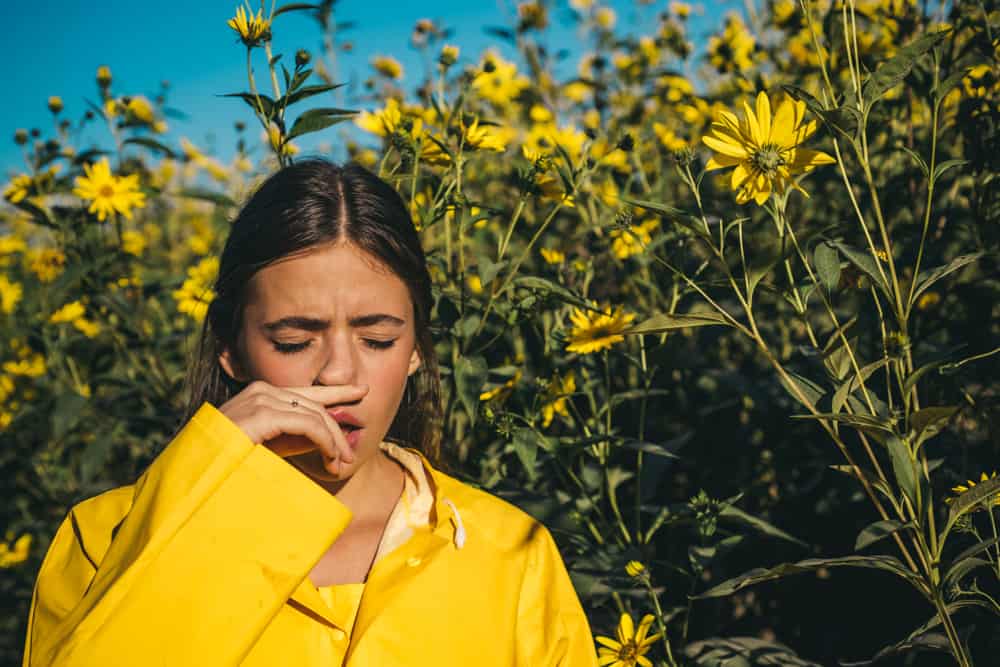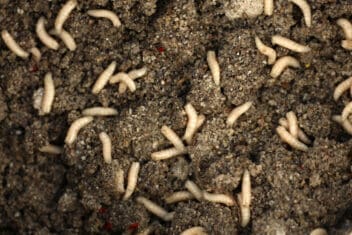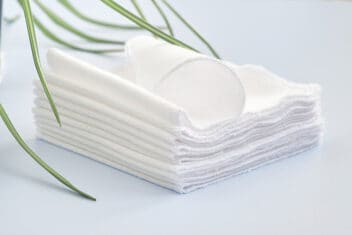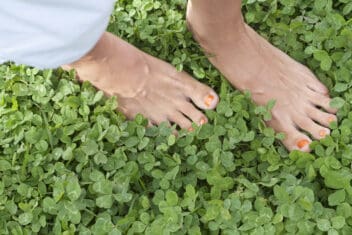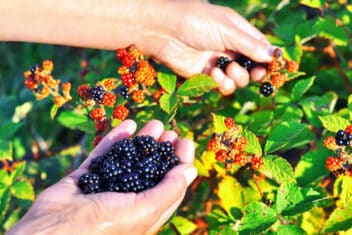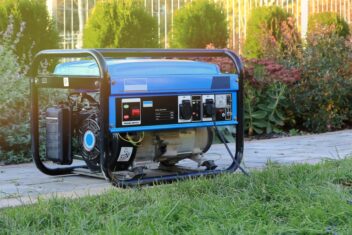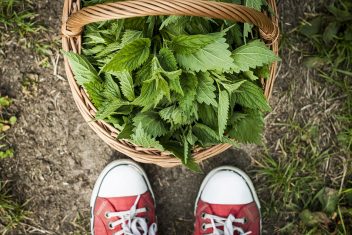Spring is an excellent time to treat yourself to a bunch of fresh flowers, trim the grass, and collect early produce from your garden. But, for some people, the blooming flowers and freshly cut grass can lead to spring allergies.
Depending on your individual health condition, spring allergies can make it hard to be outside and interferes with your quality of life. Itchy eyes, clogged sinuses, and headaches are no fun.
For homesteaders, the last thing you want is to be housebound during the busiest time of year.
Don’t fear the change of seasons when winter ends. This guide can help.
Signs and Symptoms of Spring Allergies
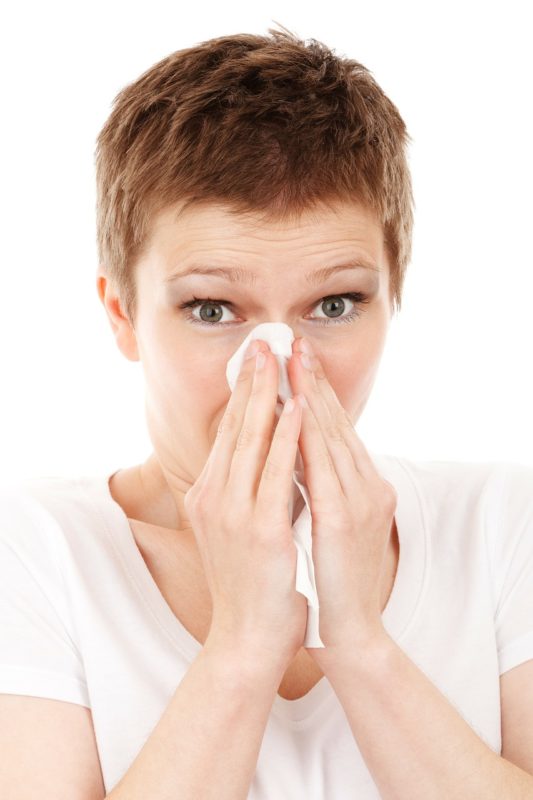
The most common type of spring allergy is allergic rhinitis (hay fever), which affects 400 million people worldwide. This type of spring allergy is often triggered by exposure to pollen from trees, grass, and weeds.
Although the exact symptoms will vary from person to person, for most people, the common ones are:
- Runny nose
- Nasal congestion
- Wheezing
- Coughing
- Chest tightness
- Itchy eyes
- Sore throat
- Headache
If you’ve suffered from spring allergies from a young age, you know how hard it is to manage them. I you have young children, keep an eye out for these symptoms so you can get a diagnosis as soon as possible and start helping them.
Managing Spring Allergies
There’s a myth out there that you can avoid allergens if you pull out any plants from your yard that you’re allergic to. That might help a tiny bit, but you can’t pull the grass from your neighbor’s yard or kill the elm tree in the park nearby.
It’s just not practical to try to avoid all allergens altogether. Pollen can travel miles on the wind. The only reliable way to avoid something you’re allergic to is to move to a place where that plant doesn’t grow, and that’s not something most of us can or want to do.
However, you can keep an eye on the pollen count. If you know counts are high for something that triggers you, there are things you can do to minimize your exposure during those times.
Usually, you can find information about pollen counts on the weather forecast or with a quick internet search.
So, where are your options for easing spring allergies? Here’s what you can do.
1. Medication

Probably not the solution you were hoping for, right?
One of the most effective ways to manage the symptoms of spring allergies is to get over-the-counter medication or prescriptions from your doctor. It’s best to visit a doctor before you start spring allergy medication, as there are many options available.
Your doctor can guide you to what’s best for your particular situation.
Here is a list of the most common types of prescription medications for spring allergies:
- Oral antihistamines
- Corticosteroid nasal sprays
- Cromolyn sodium nasal sprays
- Oral decongestants
- Eye drops
If none of these options are right for you, there’s also the option of subcutaneous immunotherapy (allergy shots), which are given under the supervision of a doctor. To begin, allergy shots are administrated in small doses to see how your body reacts.
Then, if your body responds well to the allergy shots, your doctor can increase the dose. Eventually, your body will stop reacting as strongly to the allergens that are irritating you.
You can also try eye drops to help soothe itching and dryness when your spring allergies are triggered.
If you take allergy medication, it’s a good idea to start taking your allergy a month before the high pollen days. Instead of waiting until your allergies are triggered, you should take the medication beforehand.
2. Stay Indoors When Pollen Counts are High

Suppose you don’t want to rely on prescription medication because you prefer a holistic approach, because you have tried these medications and they don’t work, or because you hate the side effects. In that case, minimizing your exposure to allergy triggers is vital.
There are many ways to reduce the risk of your allergies being triggered during the springtime while still being able to tend to your plants and crops.
First, try to stay indoors if it’s windy outside. When there are high winds, the pollen levels often increase as the wind carries the allergen far and wide.
Likewise, you should also minimize your time outside when it’s dry. It may not seem like the best time, but when the weather is rainy or just after it has rained is ideal. The dampness decreases the pollen levels and makes being outside more enjoyable when it comes to allergies.
It’s a good idea to check the weather forecast every night before bed to know what to do the next day.
3. Avoid Stirring Up Pollen
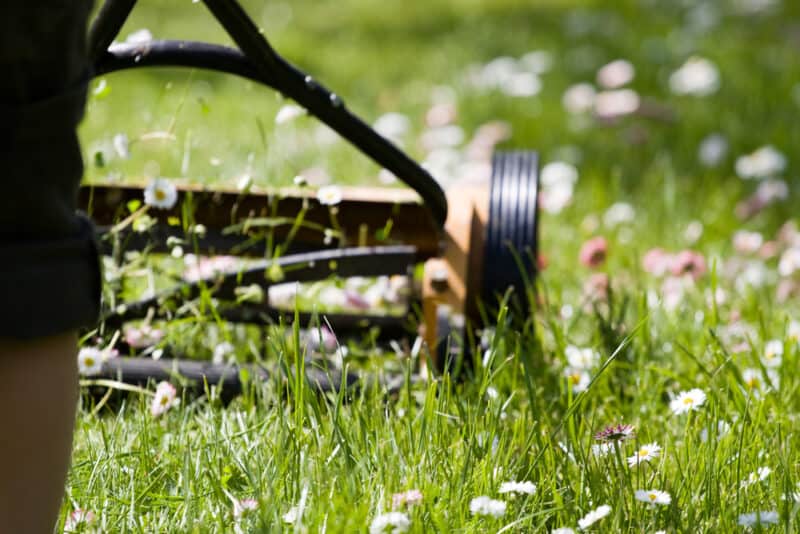
Ideally, you should avoid lawn mowing and weeding during dry, windy times. If you’re not experiencing any symptoms, you can do these chores in small increments, but be careful not to overdo it and make the effects worse.
You should also avoid trimming trees, tilling the soil, or anything else that will disturb the pollen and make it launch back into the air.
I know, that’s difficult to do when it’s time to prep the gardens and move livestock around. Just do your best and wait until after some rain to get to work.
You should also be careful of mold spores. Unfortunately, spring is a common time for mold spores to develop as the spring rains fall.
Don’t disturb leaf cover if you’re allergic to mold.
4. Keep Pollen Outside

You should remove your clothes as soon as you come inside from your garden. Then, jump in the shower. This will remove the extra pollen that stuck to your clothes, skin, and hair while you were working outdoors.
When hanging up laundry, keep it inside or dry it in the dryer. You can hang your clothes outdoors when the allergy season passes, but for now, keep it indoors.
Keep the windows and doors shut during the spring when pollen counts are high. I know, a spring breeze is lovely, but you don’t want to bring that pollen indoors.
5. Stay Indoors in the Morning

When you have a busy day of gardening work, it can be difficult to stay indoors. If you can, avoid doing your garden work in the early morning when the pollen count is usually the highest. Most plants pollinate in the morning before 9 am.
Sleep in, read a book or watch some TV with a cup of coffee on high-pollen mornings. Make the most of the few perks of spring allergies and take it easy!
At the end of the day, there’s only so much you can do to avoid spring allergies without locking yourself indoors for weeks. But if you strategize, you can still get outdoors by simply avoiding the worst time of day for spring allergy sufferers.
6. Clean the Air

Another way to manage your symptoms is to use air filters.
Don’t rely on your air conditioning system. The vast majority will just make your allergies worse because they bring in pollen from outdoors, and they stir up dust and any existing pollen already inside the home.
Some air filtration systems will remove allergens from the air. If you struggle with allergies, it might be worth having a few of these in your home. Just be sure to check the reviews and certifications. Not all air filters are created equal. Some don’t filter out fine particulates.
Look for HEPA technology filters.
Regular vacuum and floor cleaning will go a long way to reducing the pollen levels in your home. You can put on your favorite music and spend half an hour tidying your house so you can relax in the evening.
You should also be sure to change the filters in your home HVAC system frequently.
7. Turn to (the Good) Plants
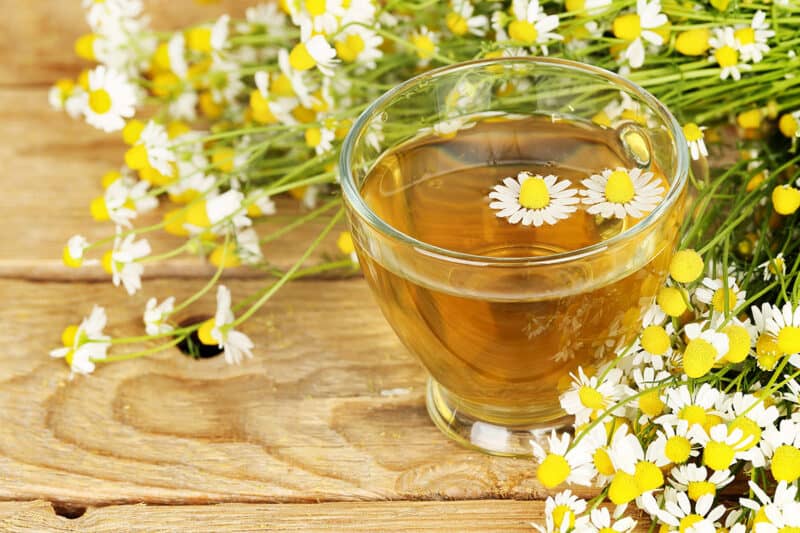
Try natural remedies such as essential oils and soothing tea. Essential oils like peppermint or eucalyptus are excellent for clearing your sinuses and relieving nasal congestion.
Herbal teas like hcamomile can soothe sore or scratchy throats. You can add a little honey for a sweet taste and lift your spirits during allergy season. Just remember, if you’re allergic to ragweed, avoid chamomile.
8. Use a Neti Pot
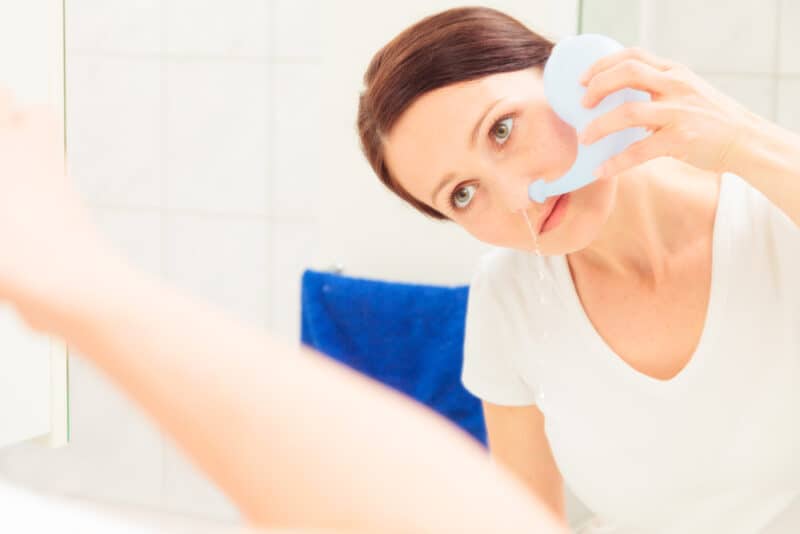
A neti pot is an effective way to clear out your sinuses. You need to be sure you’re using clean, sterile water to make the saline drip. Once you have your saline, you just pour it into one nostril, and it comes out the other, clearing your sinuses along the way.
9. Add Allergy-Fighting Foods to Your Diet

Some foods help your body fight allergies. During the spring, add these foods to your diet:
- Citrus
- Ginger
- Honey
- Tomatoes
- Turmeric
- Walnuts
Vitamin C also helps because it acts as a natural antihistamine, so add lots of Vitamin C containing foods to your diet.
Hopefully, these tips will help you tackle spring allergies and feel your best for summer!
